Tag: summer
-
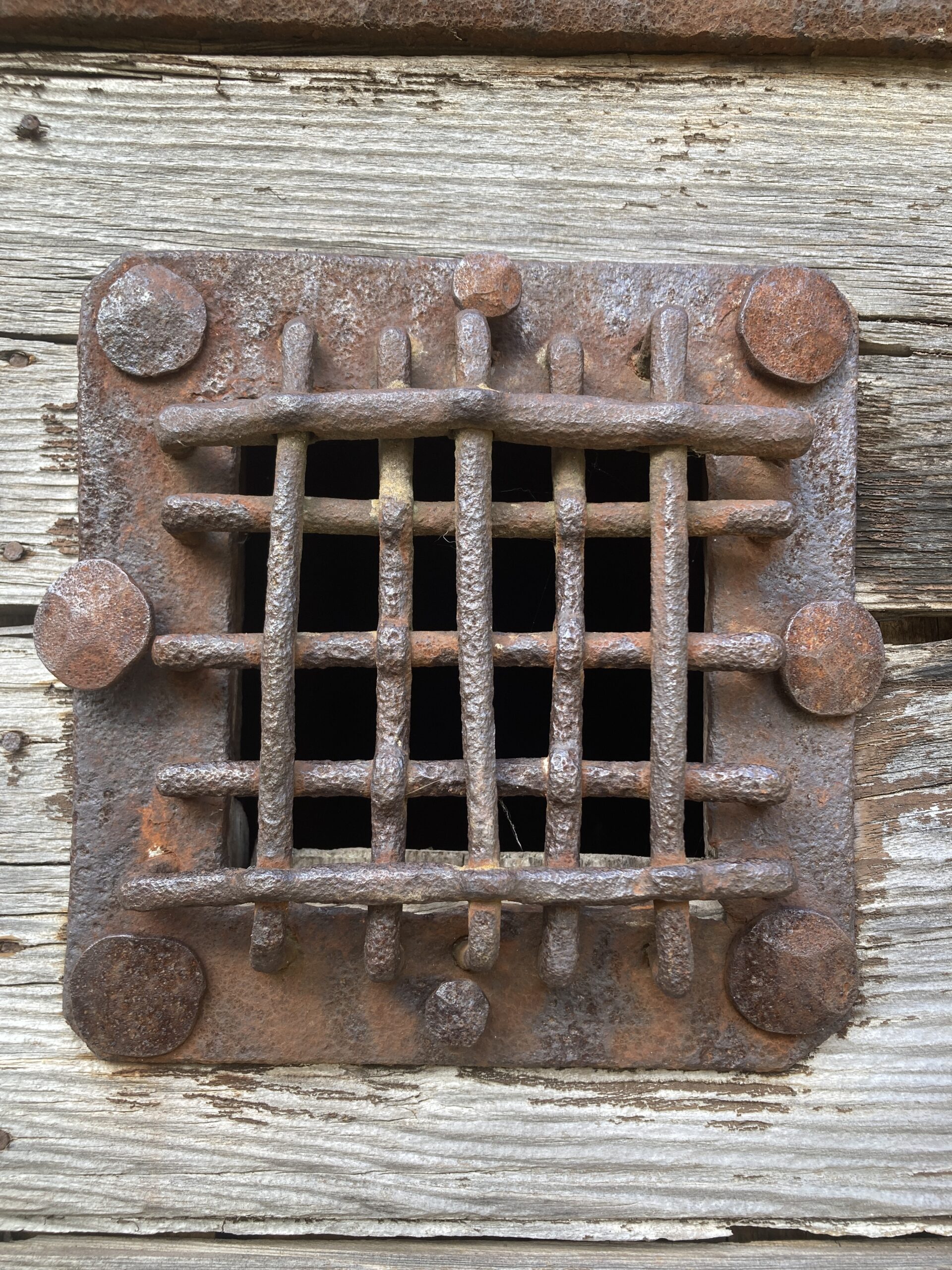
On Summer Heat in a Very Noisy Village
Reading Time: 4 minutes For as long as I remember I have enjoyed summer heat. For a long time I lived in a house that was like a cave in summer. It would be 30°c outdoors but 21 to 25°c indoors. It felt like stepping into a cave when I got home. For a summer…
-
Quiet Roads on a Sunday Bike Ride
Reading Time: 4 minutes Yesterday I went for a bike ride. By my norms it was a relatively cool day, just 27 or so degrees, compared to the 30-37°c I have ridden in, in the past. I was comfortable on the bike, with a cool breeze to cool me down. I went by the lake…
-
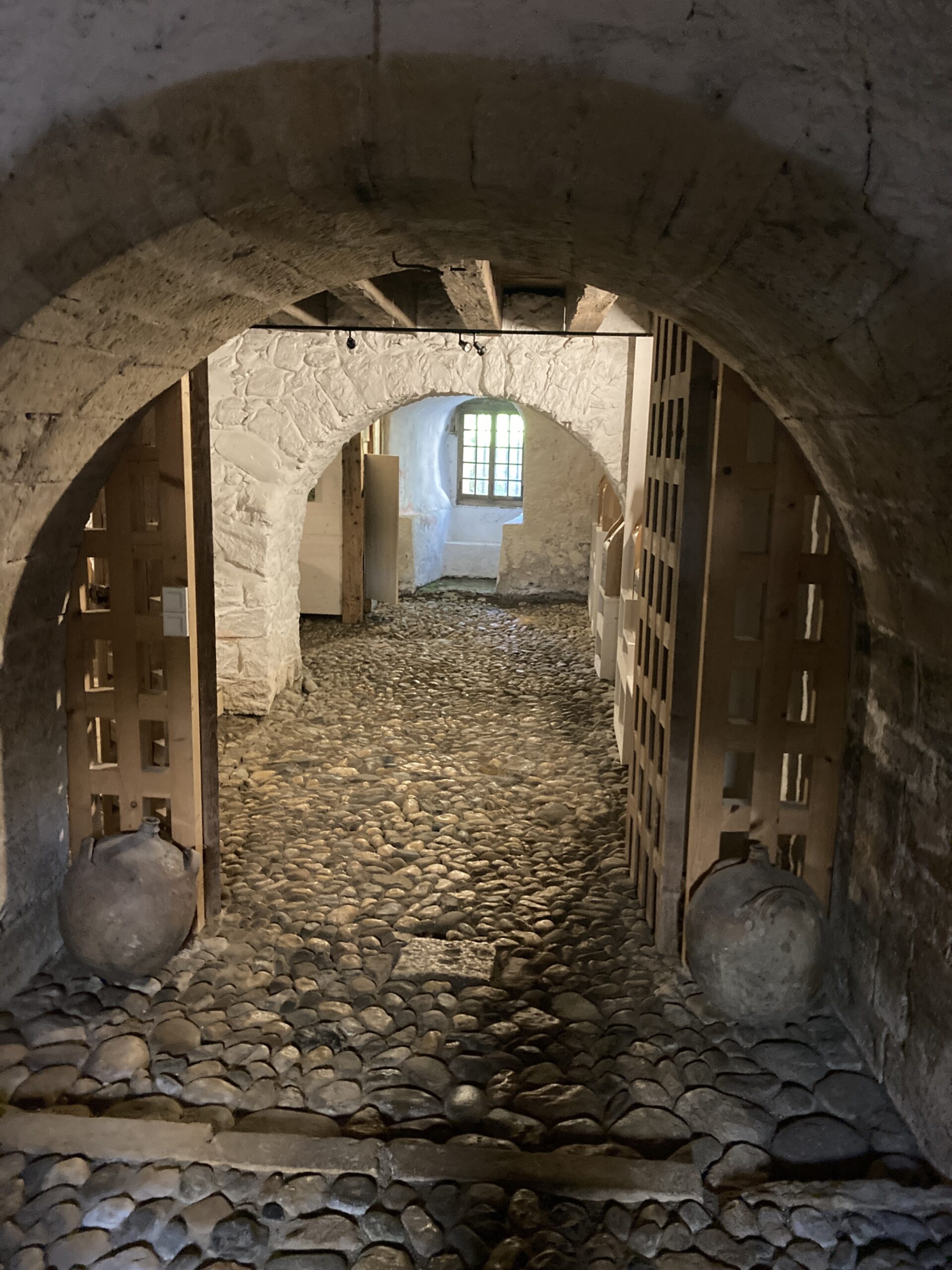
Heat Waves and Tarmac
Reading Time: 3 minutes Heatwaves and Tarmac When you cycle you feel the difference between different landscapes between seconds. You go from farming landscapes to wooded areas near forests before finally getting to the cities. In the process you notice the difference in temperatures between these different land uses. The Permanent Summer Heatwave This summer…
-
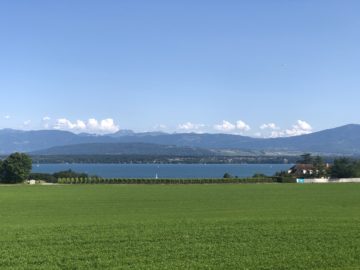
A Walk To The Chateau De Bossey
Reading Time: < 1 minute I walked to the Chateau De Bossey today. It’s an easy walk from one village to another and another after that.
-
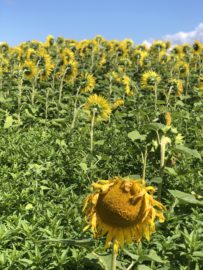
A Rebel Sunflower.
Reading Time: < 1 minute One sunflower is looking the wrong way. The morning sun is in the other direction.
-
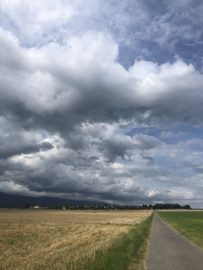
The Unthreatening Clouds
Reading Time: < 1 minute The unthreatening clouds did not bother me during my bike ride but it was cooler than sometimes at this time of year. I occasionally felt that an extra layer or two would be welcome. That’s unusual in July at this time of year. I chose routes that kept me as…
-
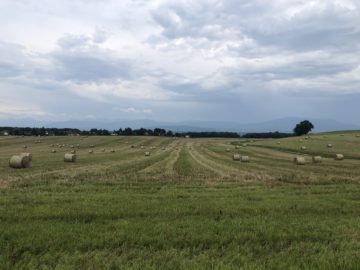
Beware The Storms
Reading Time: < 1 minute They announced rain and storms but we hardly ever get either in this part of Switzerland. I wasn’t going to use this blog for short posts but I can’t focus.
-
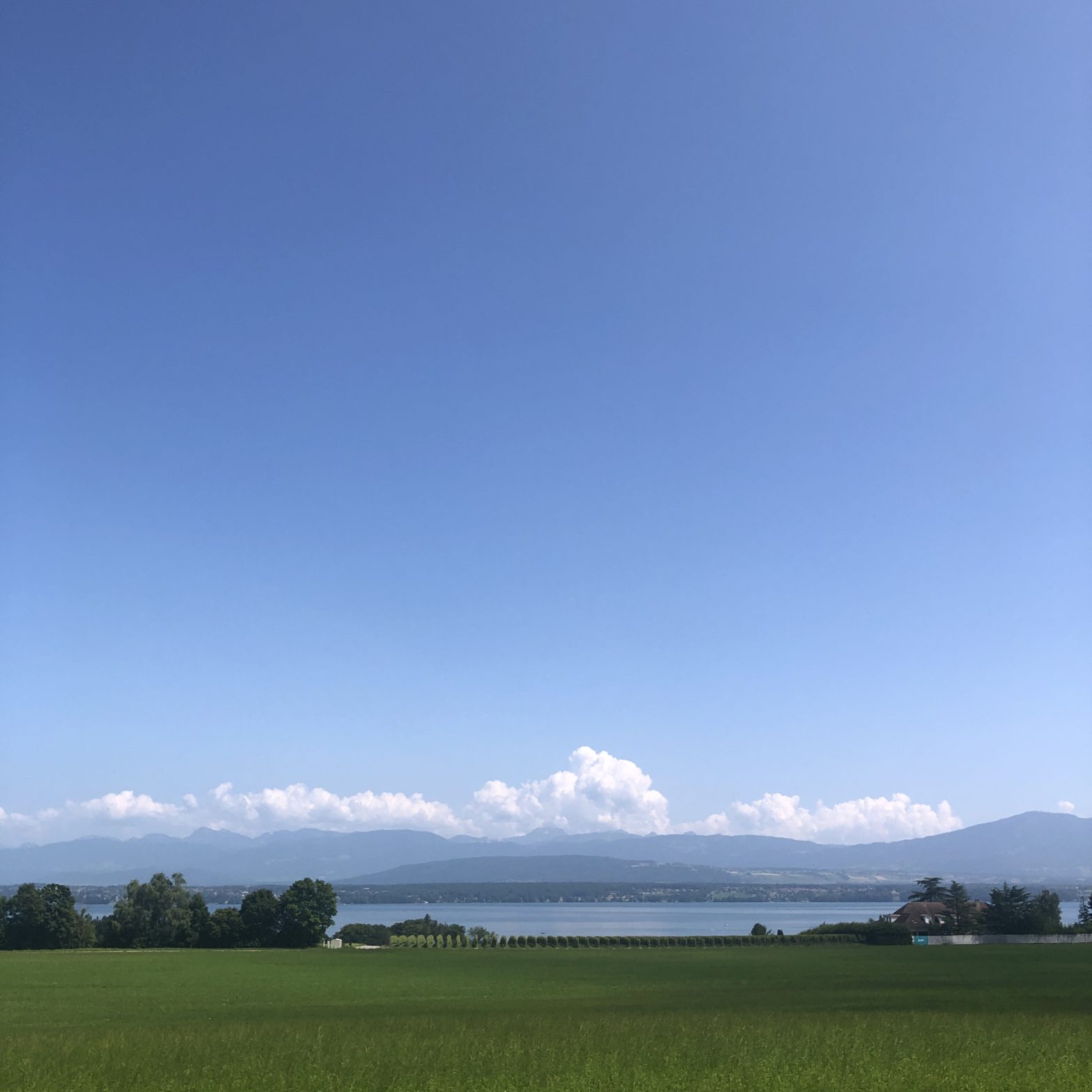
The Landscape
Reading Time: < 1 minute The view is not as good as sometimes. A few clouds but with the haze hiding the Alps today.
-
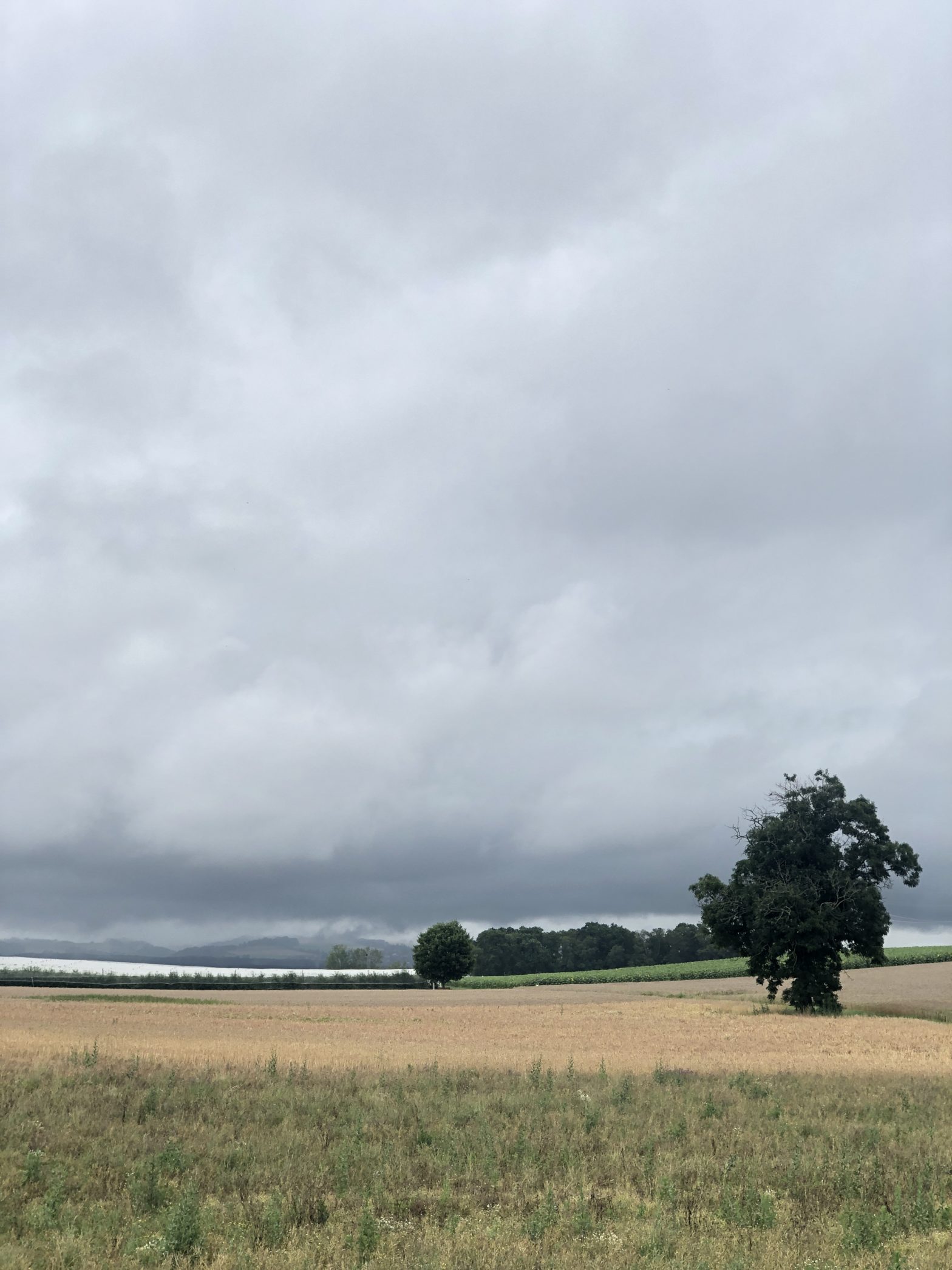
Rain and Water Tables
Reading Time: 2 minutes There is an article on Swiss Radio and Television that discusses the positive impact that the flooding has had on the water tables. For several years not only have we had warm weather but we have also gone with very little or no rain for months at a time. During some…
-
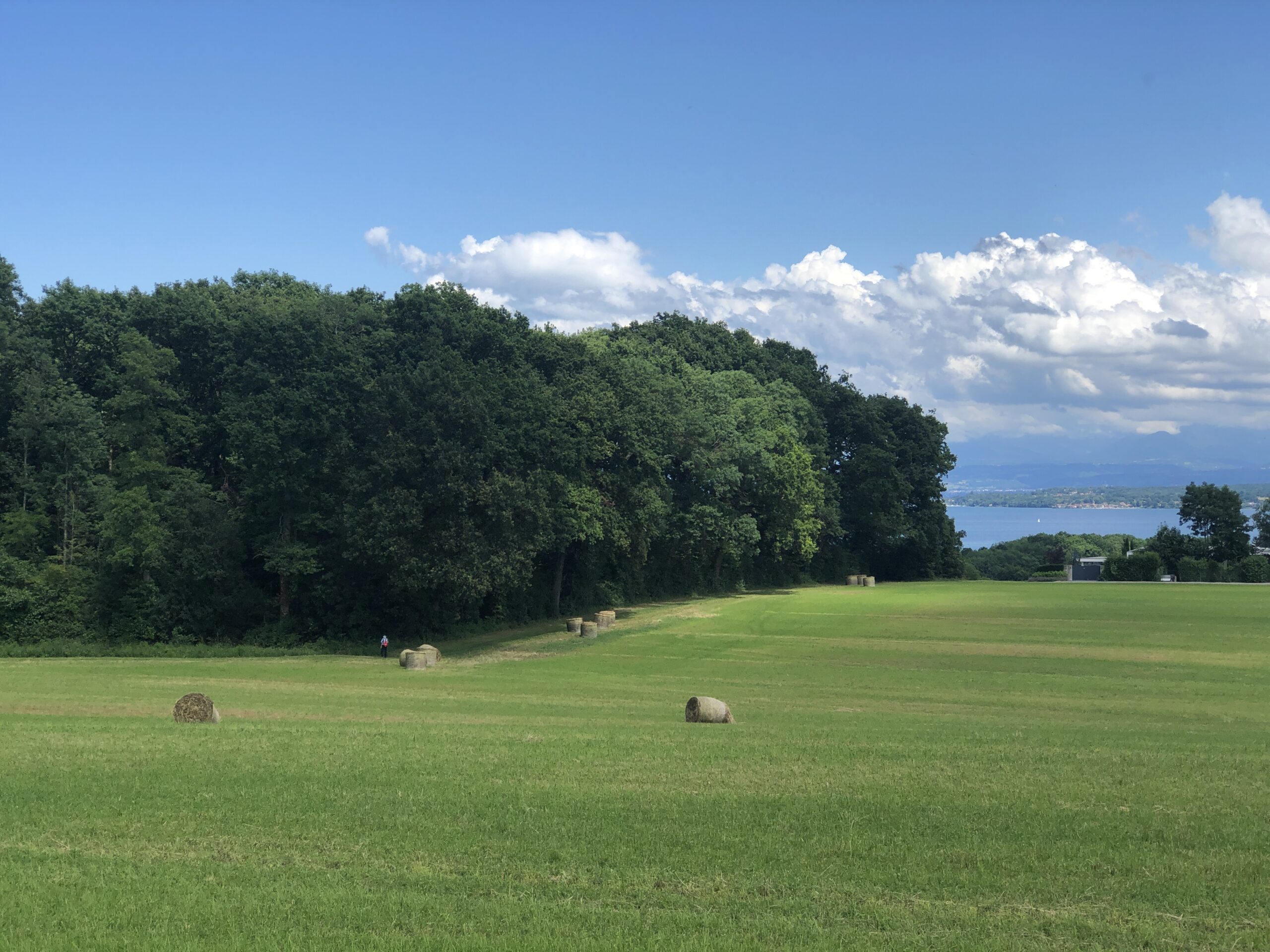
The Dynamism Of Light – Walking on a Cloudy Day
Reading Time: < 1 minute If we did not have seasons, and weather, then walking the same route several times a week would get boring. Thanks to the weather we see plants get sown, we see them grow, we see them harvested, and then we see new plants planted. Over time, we recognise plants at…